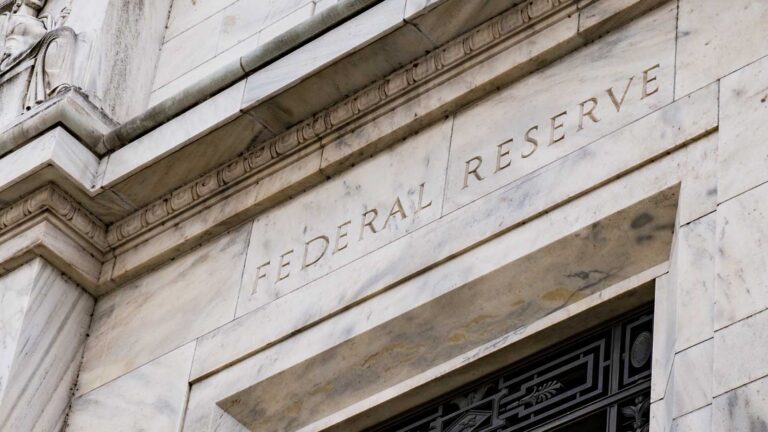Ahead of the Federal Reserve's Federal Open Market Committee (FOMC) meeting scheduled for March 19th to March 20th, concerns are swirling that stock prices will plummet. In fact, economists and analysts were looking forward to the second policy meeting of the year due to high interest. Interest rates continue to weigh on the economy.
What should we expect this time?
Well, it's not about interest rate cuts. Despite pleas from most on Wall Street, the central bank is expected to keep interest rates on hold next week as inflation proves more stubborn than expected.
Consumer price index (consumer price index) and producer price index (PPI) reports (released on March 12 and March 14, respectively) showed higher-than-expected inflation. This suggests that the final stages of the fight against inflation could be difficult.
Inflation remains above the Fed's long-held goal of 2%, and the Fed is unlikely to cut rates, especially since the economy remains strong in most respects.
In fact, the strength of the labor market so far this year has given the Fed even more room to hold off on cutting rates a little longer without fearing the economic fallout.
The February employment report released last week showed that non-farm payrolls increased by 275,000 people, exceeding expectations of 200,000. This brought the unemployment rate to 3.9%.
What does the Fed meeting mean for the stock market crash?
According to the CME FedWatch tool, there is only a 1% chance that the Fed will cut rates at its March policy meeting. Unfortunately, the tool also only estimates the likelihood of a rate cut at the next Fed meeting, scheduled for May 1, at about 8%.
The benchmark interest rate is between 5.25% and 5.5%, and investors and businesses may have to endure restrictive interest rates for some time. That said, unless there is a noticeable change in economic data, we can expect a rate cut to occur in June or July. In fact, CME Group expects the probability of a rate cut in June to be more than 50% and the probability of a rate cut in July to be about 75%.
High interest rates typically promote economic contraction in the form of higher unemployment, lower consumer spending, limited output growth, and (perhaps most significantly) slower price growth. That's why Wall Street has been pinning its hopes on lower interest rates ever since Fed Chairman Jerome Powell signaled in December 2023 that there would be at least three rate cuts this year.
Chairman Powell has repeatedly said in recent weeks that central bank members are still waiting for “better data” to justify cutting rates.
Chairman Powell told Congress earlier this month that “when considering adjustments to the target range for policy rates, we will carefully evaluate the balance of available data, prospects, and risks.'' “The Committee does not believe it is appropriate to lower the target range until there is greater confidence that inflation is on a sustained path toward 2 percent.”
On the date of publication, Shree Dua did not have (directly or indirectly) any positions in the securities mentioned in this article. The opinions expressed in this article are those of the writer and are subject to InvestorPlace.com Publishing Guidelines..


